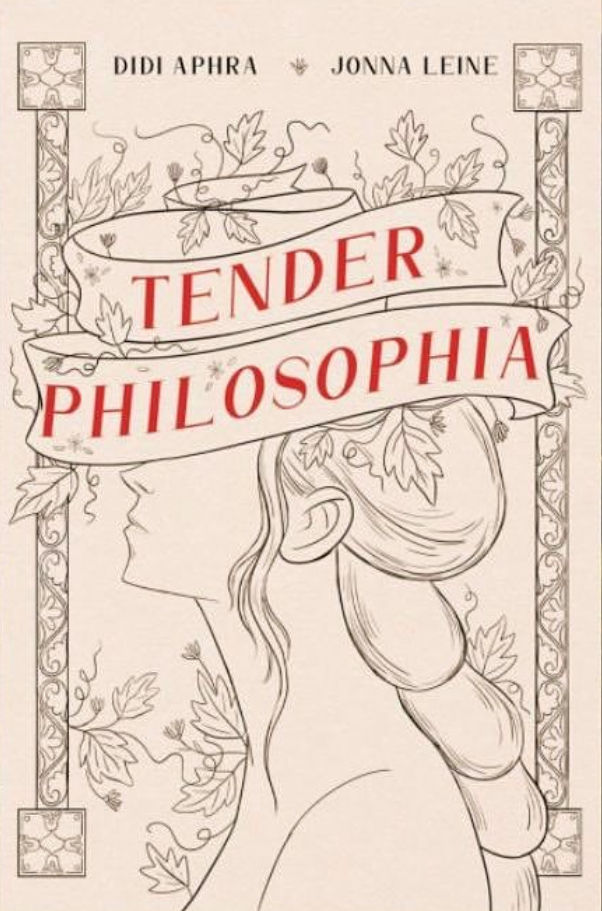Fashion in Greta Gerwig’s Films
- Daria Blaire
- Jan 11, 2024
- 3 min read
“Humans only have one ending. Ideas live forever.”

Despite only having three independent films, Greta Gerwig has made a name for herself as one of the most influential female directors in the industry. Her simple and intimate storylines, well written and relatable characters, and clever use of cinematic elements make her films intricate and unique. Gerwig is also known for using fashion to reflect character development, social context, and time periods. Fashion is a way of self expression and analyzing its meaning in films can add a deeper understanding of their impact on individuals and society as a whole.
In Greta Gerwig’s first film, Lady Bird, she uses a mix of late 90s and early 2000s fashion to reflect the film’s storyline. She picks neutralized hues that desaturate the tension and pressure Lady Bird feels in her life. Denim, plaid skirts, layered tops, and vintage elements compose the era that Greta Gerwig creates to emphasize the characters’ personalities and backgrounds. The clothing choices for the protagonist illustrate Lady Bird’s rebellion against norms and parallel her search for identity. The style evolves throughout the film reflecting her journey of self discovery.
Gerwig’s Little Women (2019), a modern adaptation of Louisa May Alcott’s classic, is set in the 1860s and follows a tale of the four March sisters and their experiences, aspirations, and struggles during the American Civil War era. The film’s fashion intertwines period-accurate pieces with subtle modern influence, creating costumes that reflect the societal norms and give more insight to their personalities. Gerwig worked with Oscar nominated costume designer, Jacqueline Durran, to achieve the perfectly balanced wardrobes curated for the characters; Durran’s previous works include Atonement, Pride & Prejudice, Mr. Turner, and Darkest Hour.
Jo’s tomboyish attire adds on to her ambitious and adventurous personality. Her determination and desire for independence, as well as the freedom she values above societal expectations are all reflected in the clothes she wears. Meg March is traditional and nurturing and so is her style. She wears more formal dresses that comply with feminine norms and showcase a sense of responsibility. Modest and simple, Beth March prioritizes comfort and practicality over extravagance. Her gentle, quiet, and compassionate nature is highlighted by the unobtrusive attire in the film. Amy’s clothes reflect her development throughout the film. Initially, her concern with societal expectations causes her to make fashion choices to satisfy her need for status and appearance, however, as she matures, she embraces her artistic talents and her style evolves into neatly refined attire. This shows a shift in her perspective on her life, priorities, and relationships.

Little Women captures the essence of each sister, visually connecting their personalities with clothing choices.
This past summer, Barbie (2023) became the “it girl” and had everyone in a trance with the wonders and struggles of girlhood. From comedic laughs that had the audience gasping for air, to the debut of “I’m Just Ken”, and the sobs that came with that bittersweet ending to Billie Eillish’s “What Was I Made For?” This live action adaptation of Mattel’s most iconic doll had every detail looking “authentically artificial”, a phrase Gerwig used to describe the majority of the film’s production. She turned to Jacqueline Durran, once again, to assemble the outfits for this film, unknowingly setting in action the Barbiecore trend over the summer season. Margot Robbie who starred as Barbie had 14 main wigs and 14 main looks transforming her from doll to an ordinary human girl.
Durran took inspiration from original Barbie costumes to create the looks for all of the characters. The costumes at the iconic party scene were modeled after retro jumpsuits manufactured between the late 1960s and early '70s according to Entertainment Weekly. Jacqueline Durran mined through Mattel’s archives and added her own twist to create the wardrobe for Greta Gerwig’s highly anticipated film. The two worked together to create the beloved world of Barbies, Kens, and Alan.
Greta Gerwig’s brilliance and attention to detail in every costume design helps convey themes and emotion within her storytelling. They engage the audience and provide additional context to some of the most beloved and influential films in the industry.






Comments